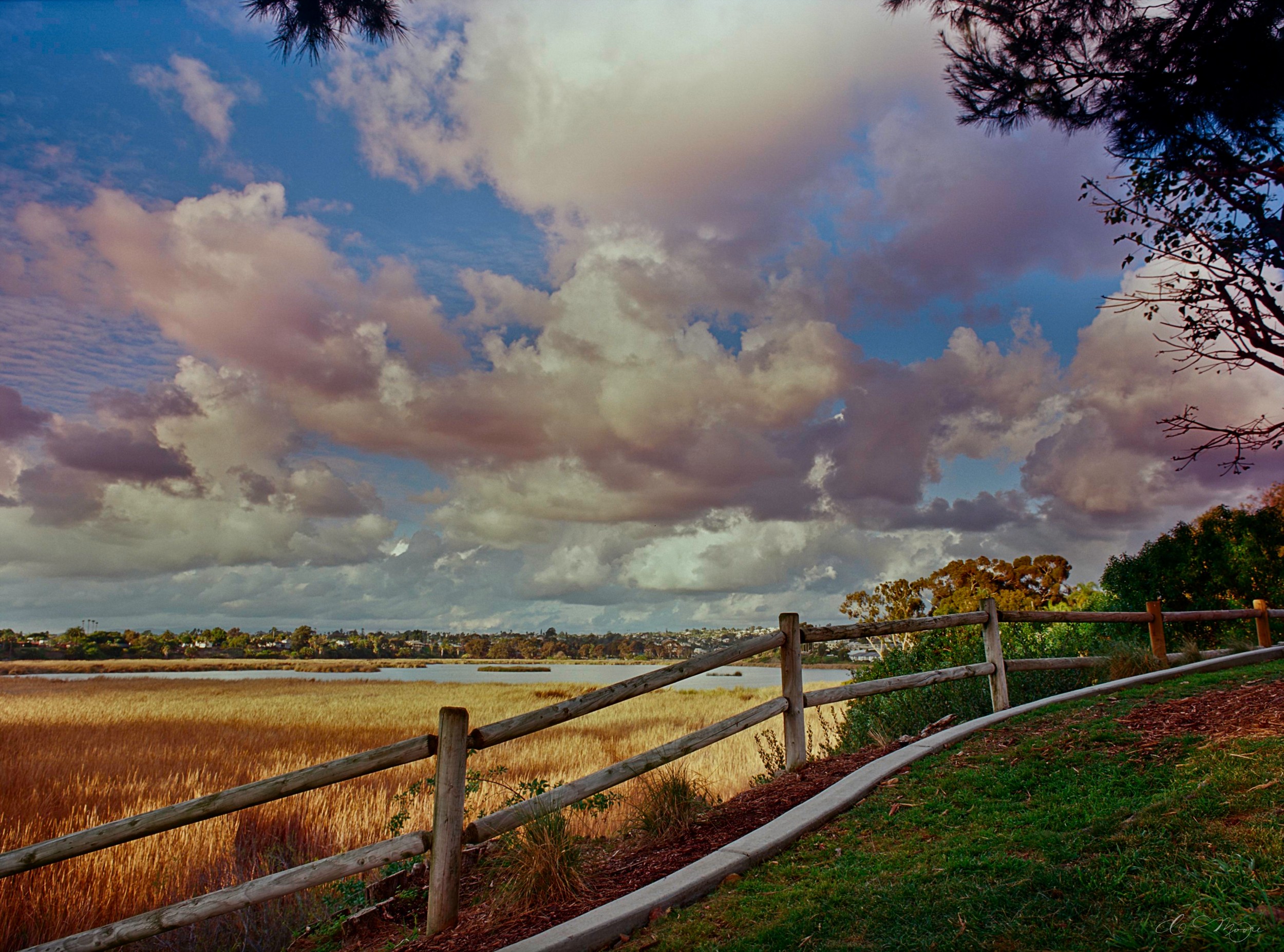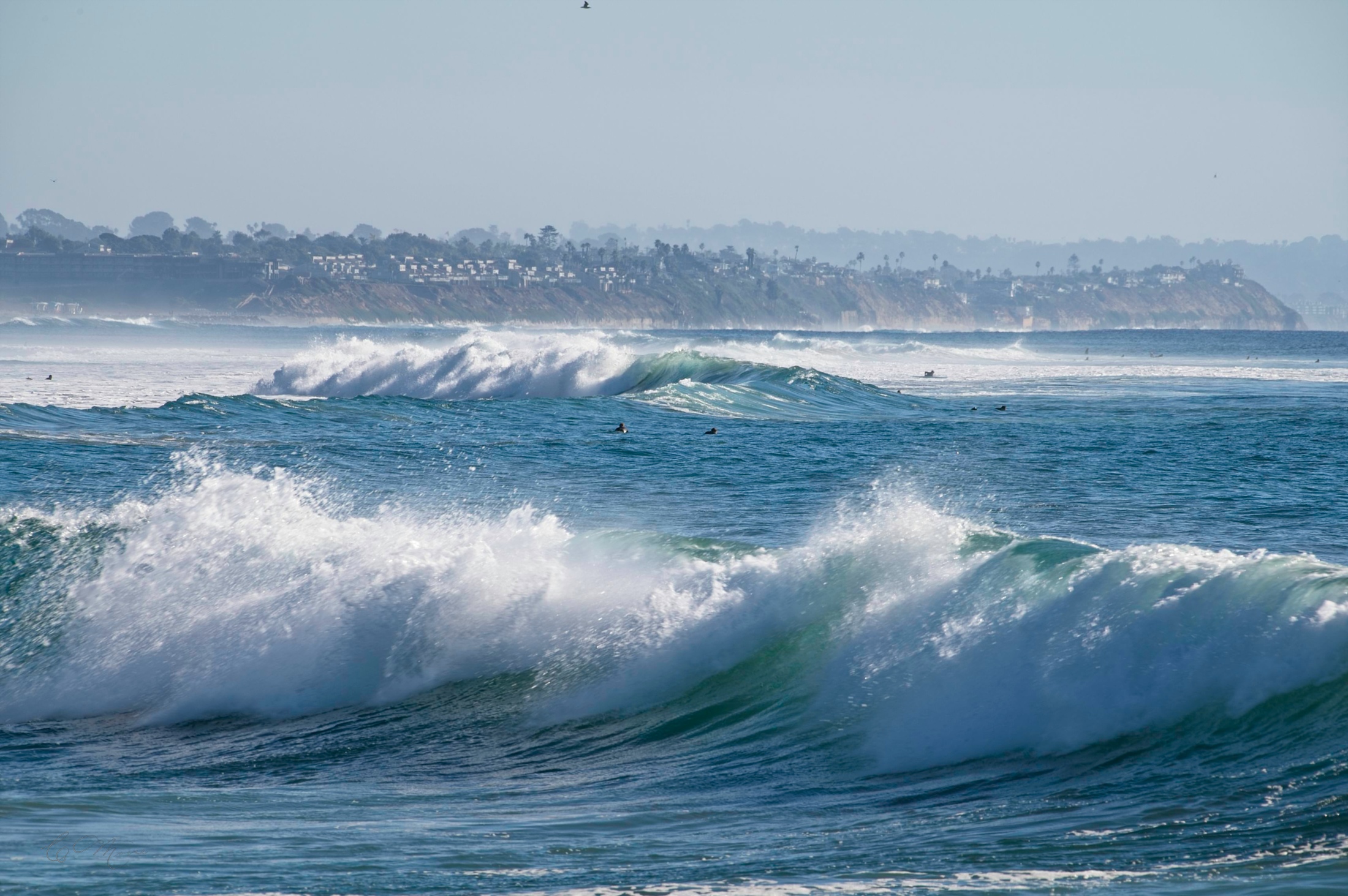
This will be a big picture dump. Mostly so I can share with a friend. I’ve shot some more film, and some of it on 135. I’m using an F6, which should be far more foolproof than my Fuji. And just about any film camera ever made, for that matter. My goal in getting it was to do experiments like bracketing exposure that are expensive in medium format, or taking more dynamic shots that are kind of difficult with a 12 pound beast on a tripod. The camera writes exif data, so I can work faster and match up exposure data when the scans come back.
The F6 I just set the exposure compensation up 2/3 of a stop. The Ektar I shot with the 680 I fudged up to the next stop
My first two rolls were Kodak. First Portra 400, then Ektar. I wasn’t completely happy with what came back. While technically correct, even shots taken using Program Auto were still a little dark, the Ektar was kind of red with lost details in the shadows, and the Portra seems a little grainy.
That second reminded me of something. I have a new method based on what I read on someone’s site — I don’t even remember where I read it — but the writer said that he was shooting portra up 2/3 of a stop if it was meant to be scanned. Like, he’d shoot Portra 160 at iso 100, but not push the film at all. So the most recent roll of Portra 400 I ran through the F6 I just set the exposure compensation up 2/3 of a stop. The Ektar I shot with the 680 I fudged up to the next stop, since that camera only works in whole stops. When I bracketed, I wanted to see the exp on the dark shot and a + with the angry beeping on the light shot. In fact, I’m not convinced that for anything with more than 4 stops of range, if I don’t get the overexposed warning I might consider another shot at one stop longer exposure time.
I’m happier with what I got back this time. Both the medium format Ektar and the Portra 400 in the F6. If I stumble across that website again I’ll have to drop a thanks to the author for that suggestion, assuming it wasn’t written 15 years ago.
Enough writing. Here are some photos.
Portra 400 from the first roll in the F6:





And the first roll of Ektar. The bird and surfer shots are all hand held, so while the pelican is a little soft and underexposed, getting sharp enough to see him taking a shit at 500mm, offhand, with no monopod or tripod, I am going to count as a win.














I needed some magic from the photo shops to bring up the shadows in the photos along the bluffs, and they’re very red. Strangely, pointing straight into the sun works better, the sunset shots are almost exactly what came back from the lab.
For contrast, here are a few shots from my third roll in the F6. For most of this roll I had the camera set with +2/3 exposure compensation. And, yes, they’re very random. I had no goal in mind other than burning a roll of film to see if the exposure compensation worked.









More exposure seems to mean less grain there. Important with the higher speed film, and it’s pretty hard to blow a highlight with these negative films, so I’ll fudge up from now on.
Here’s the roll of Ektar. I was playing with filters as well as bracketing. Even 1.3 stops over exposed (from the meter reading) I like it better than shooting at what the meter tells me.









This next gallery wasn’t here when I originally posted as I didn’t get the film back until after I made the post. But nobody reads this blog so I’ll add it here to make for an easy reference since it’s the same scenes.
Portra 800, shot at the same time as the Ektar above. I metered at 640, then fudged up, so everything would be at least a quarter stop over, but as much as a stop and a third over. Most of these shots the camera was beeping and flashing +, so it thought I was overexposed. The first three have very little editing, the bottom two I pulled the highlights back, but they were more than 5 and 6 EV over the reeds. The fact that I was able to compress the dynamic range enough to get it all printable means I’m on the right track with my shoot 2/3 stop over method.



















































